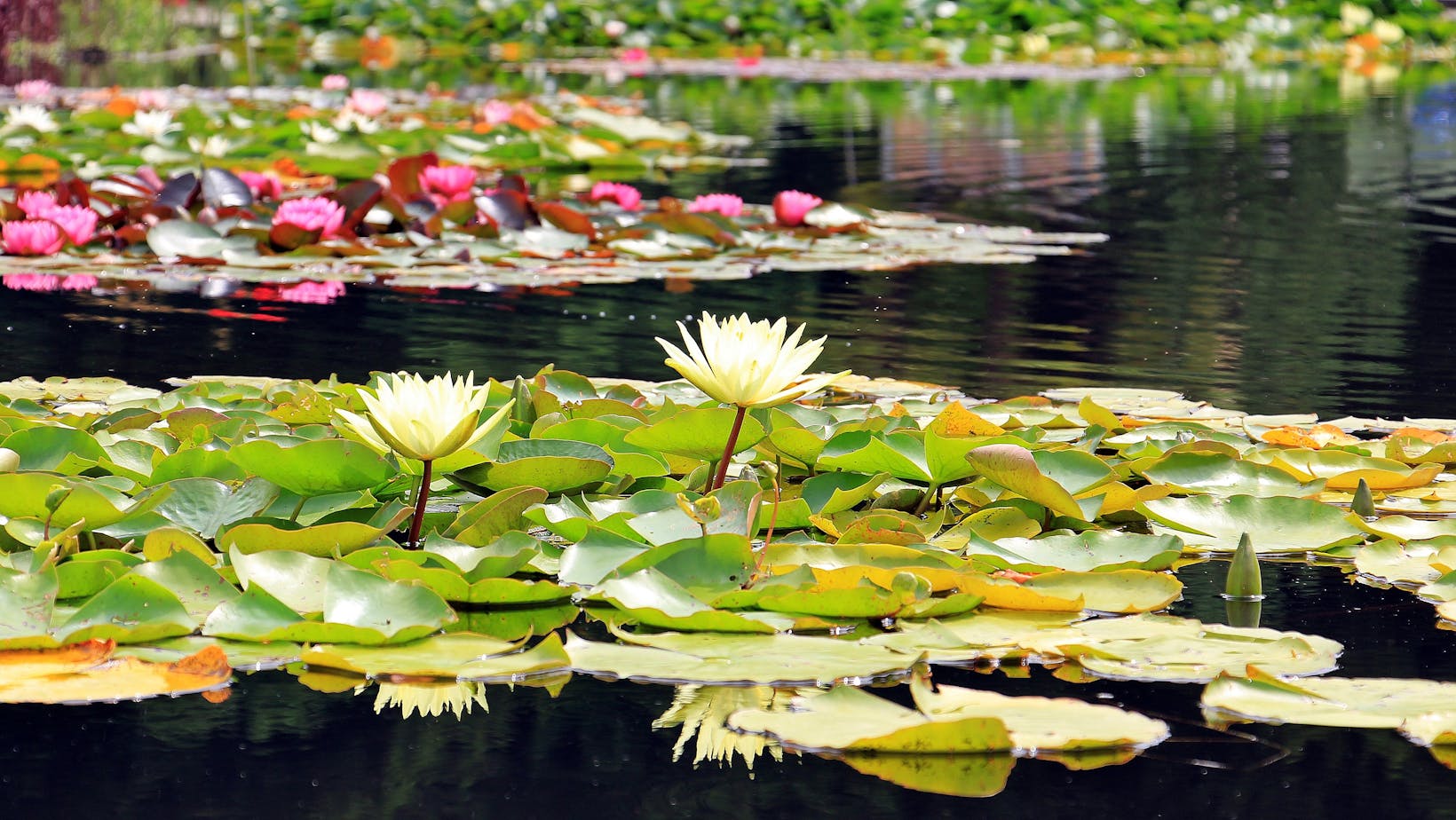Whether you’re a seasoned aquarist or a curious gardener looking to add some greenery to your pond, understanding aquatic plants is essential. Picture this: serene blue waters, gentle ripples, and vibrant greens swaying beneath the surface. Aquatic plants not only enhance the beauty of our natural spaces but also play crucial roles in aquatic ecosystems. Immerse as we explore aquatic plants names, types, and care tips. Trust us, you’ll never look at those water lilies the same way again.
aquatic plants names
Aquatic plants are unique organisms adapted to thrive in wet environments, not just because of their love for water, but because they’ve mastered the art of living partially or fully submerged. From floating ferns to towering reeds, these plants exhibit a variety of forms and functions. Key characteristics set aquatic plants apart. For instance, their roots, stems, and leaves are often modified for buoyancy, allowing them to float gracefully. Also, some species can absorb nutrients directly from the water, making them efficient for water quality enhancement. In essence, aquatic plants form a vibrant and vital foundation for underwater life.
Types of Aquatic Plants
Aquatic plants can be broadly classified into three categories: emergent, submerged, and floating plants.
Emergent Plants
These are the tall, graceful figures poking above the water’s surface. Species like cattails and bulrushes give habitats to wildlife, providing food and shelter. They often flourish in shallow waters and are found in marshes and wetlands.
Submerged Plants
These plants live entirely underwater. They work tirelessly to improve water quality by taking up excess nutrients. Examples include eelgrass and hornwort which nurture fish habitats while often providing oxygen through photosynthesis.
Floating Plants
As the name suggests, these plants float on the water’s surface. Water lilies and duckweed are classic examples. They offer shade to aquatic life below, helping to reduce water temperature and controlling algae growth. Understanding these different categories helps in planning any aquatic landscape.
Common Aquatic Plants Names
Here are several aquatic plants names that any nature lover should know:
- Water Lily (Nymphaea)
Known for their stunning blooms, water lilies float gracefully on the water’s surface.
- Lotus (Nelumbo)
These iconic plants thrive in muddy waters, and their flowers symbolize purity in many cultures.
- Pondweed (Potamogeton)
A vital source of food for fish, pondweeds are submerged plants with leafy structures.
- Cattail (Typha)
These tall, grass-like plants emerge from marshy areas, providing homes for various wildlife.
- Duckweed (Lemna)
Tiny floating plants that often cover ponds, duckweed can reproduce rapidly, making it a suitable eco-friendly snack for fish.
This list barely scratches the surface, but these common names are a fantastic starting point.
Importance of Aquatic Plants
The role of aquatic plants in the ecosystem cannot be overstated. First and foremost, they provide oxygen through photosynthesis, essential for the survival of fish and other aquatic organisms. Also, they serve as habitat and food sources for a myriad of wildlife, from tiny insects to larger mammals. Aquatic plants are also natural filters, absorbing excess nutrients from the water, which helps combat issues like algae blooms. Besides, they stabilize sediment, preventing soil erosion while maintaining water clarity. Summarizing, aquatic plants are the unsung heroes of our waterways, enriching both aquatic life and our natural landscape.
How to Care for Aquatic Plants
Caring for aquatic plants requires some understanding and commitment, but the rewards are plentiful. Start by selecting the right plants for your environment. Emerging species require shallow water, while submerged plants thrive in deeper settings. Light is another critical factor, most aquatic plants prefer sunlight, so ensure they receive adequate exposure.
Fertilization
Regular feeding will promote healthy growth. Specialized aquatic plant fertilizers are available, designed to deliver nutrients without harming the water’s ecosystem.
Pruning
Prune your plants regularly to maintain healthy growth and encourage new shoots. This not only ensures optimal aesthetics but also ensures they do not overcrowd the space.
Water Quality
Monitor the water chemistry regularly. Keeping pH levels in balance and ensuring adequate oxygen levels are vital. Regular water changes will also help maintain a healthy environment. With sufficient care, aquatic plants can flourish beautifully in any pond or aquarium.

